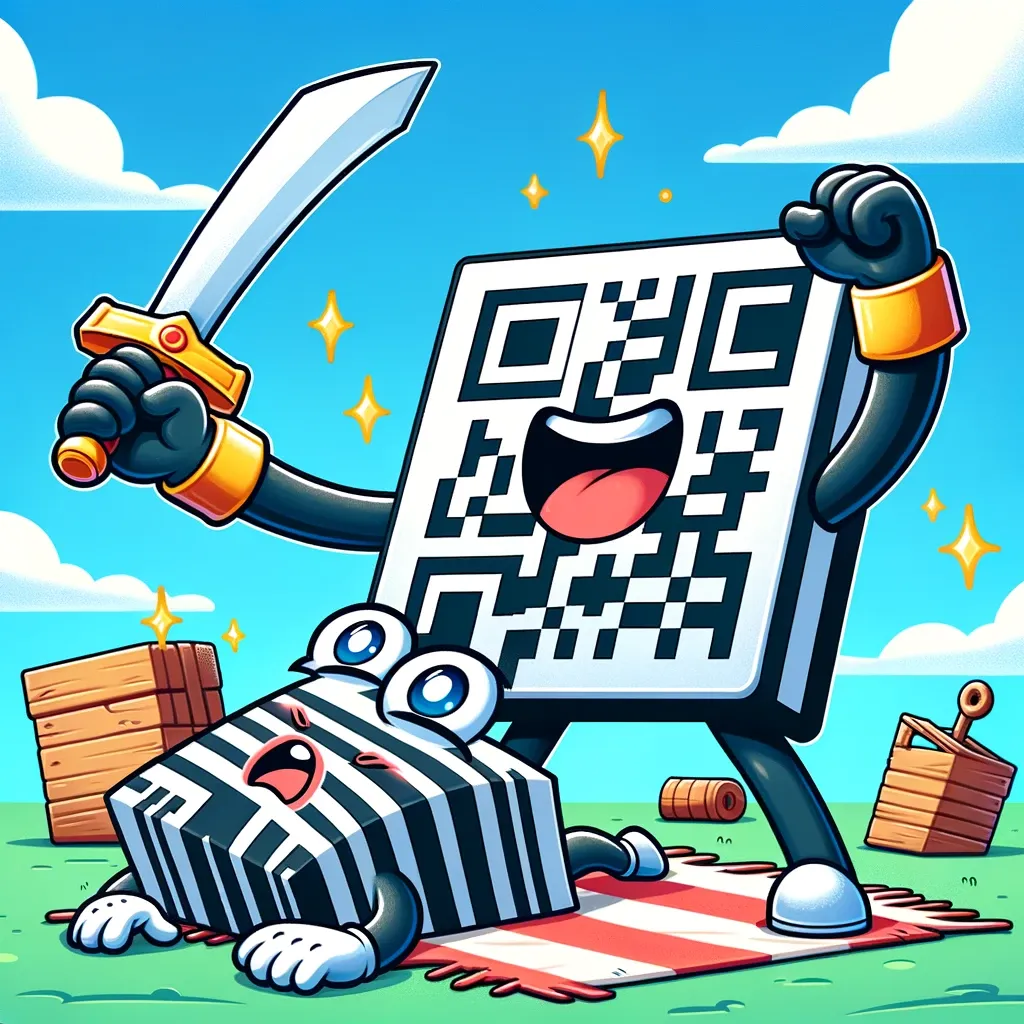QR Code vs Barcode, What You Need To Know
- Tech

Everything you need to know about QR code and barcode and why the first one will very soon replace the second one everywhere!
QR Code vs Barcode, What You Need To Know
The barcode
• The barcode was born in 1948
• It was invented on a beach in Miami, in the sand, by American engineering students Norman Woodland and Bernard Silver, who were inspired by Morse code. The patent was filed later, in 1952.
• The barcode is a sequence of 13 digits transcribed by a series of bars and spaces of varying thicknesses. The first two or three indicate the country of origin of the product. The next four or five are the company's member number. The following four or five are the product's item number. The last is a control key that allows for the authentication of the barcode.
• The first barcoded item was scanned in 1974. It was a pack of chewing gum. In 1975, the coding structure known as EAN-13 was put in place. EAN for “European Article Number” and 13 as the number of digits it contains.
• Barcodes are managed by a global non-profit organization, GS1 (for Global Standard 1). GS1 brings together 116 local organizations around the world and more than 2 million companies using its solutions.
• In 2022, 6 billion barcodes were scanned every day around the world.
• The barcode will be definitively replaced by the QR Code on all products by the end of 2027. The QR Code can actually integrate much more information and offer many other possibilities of use.
The QR Code
The QR Code was born in 1994
• It was invented by two Japanese engineers, Masahiro Hara and Takayuki Nagaya, from the Denso-Wave company.
• Two dimensions
The QR Code is a two-dimensional barcode, which allows it to store much more data. We are talking here about 7,089 numeric characters or 4,296 alphanumeric characters, when the barcode is limited to a dozen characters.
• QR for Quick Response
Because the content of the code can be decoded quickly after being read by a QR code reader installed on a mobile phone, a smartphone, a touchscreen tablet or even a webcam.
• More versatile
The QR Code can also store data directly recognized by applications, thus making it easy to trigger actions such as:
• navigate to a website, visit a website, bookmark the address of a site or show a geographic point on a map such as OpenStreetMap;
• watch an online video or multimedia content;
• connect to a Wi-Fi hotspot;
• trigger a call to a telephone number or send an SMS;
• To send an email ;
• make a direct payment via your mobile phone;
• add a virtual business card (vCard) to contacts, an appointment or event (iCalendar) to the electronic calendar;
• display a text or write a free text (its largest version allows you to include a text of around 500 words);
• etc.
Why will the QR Code replace the Barcode?
• The QR Code is richer. It stores more information and offers more possibilities in terms of data management,
• The QR Code can be read by any smartphone AND by classic barcode tools (cash register scanners, etc.),
• The QR Code can refer to a website and therefore to the web in general,
• GS1, the global organization that manages barcodes globally, has decided to replace them with augmented QR Codes on all products globally by the end of 2027.
You want to transition from Barcodes to QR Codes but don't know where to start? Please get in touch with our team!